
| Specifications |
| Publisher: Rashtriya Sanskrit Sansthan, Janakpuri | |
| Language: Sanskrit Only | |
| Pages: 392 | |
| Cover: Hardcover | |
| 5.8 inch X 11.5 inch | |
| Weight 820 gm | |
| Edition: 2010 | |
| IHL630 |
| Delivery and Return Policies |
| Ships in 1-3 days | |
| Returns and Exchanges accepted within 7 days | |
| Free Delivery |
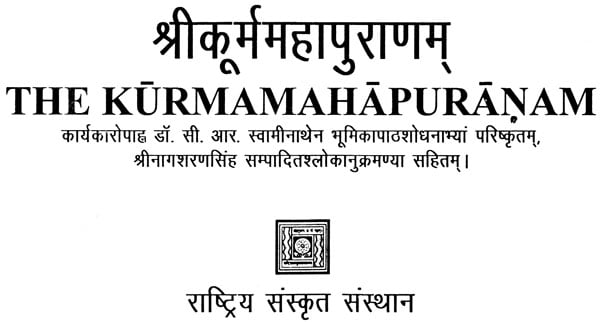
In the priority of canonical literature of the Hindus. Sruti namely the Vedas occupy the preeminent position, since they are revelations free from the defects of human origin. Next come the Smrtis which are the products of human recollection of the implications of Vedic revelation. Next in order come the Puranas which are didactical and historical narratives meant to substantiate the truth of the first two sources of knowledge.
The Puranas are often considered as unauthentic and a jumbling of religious thoughts; Unauthentic because of their internal contradictious; a mixture of fiction and facts and hence unreliable as historical documents and being a combination of poetry and versification, not tit to be called good literature.
Textual veracity of the Portions are often questioned since the purity of the oral tradition of the Vedic texts has not been observed or maintained in the case of the transmission of the Purana literature from one generation to the other. With the development of the practice of writing down our scriptures, the Puranic tradition became more corrupted by inter-polations and alterations often caused by the prejudices and predilictions of the scribes.
In spite of all these, the Indologists have recognised that there are very useful peaces of information in the Puranic texts which if properly scanned and re-arranged and assessed in the light of the critical texts of the epics and Sutra literature, can provide many connecting links in our literary, religious and historical traditions, It is in this context that the publication of the Puranic texts becomes significant.
The All India Kashi Raj Trust, Varanasi has already started the difficult task of preparing critical editions of all the Mahapuranas. Obviously, this is going to be a times consuming exercise since each Purana has got at least half a dozen regional textual traditions to be reconciled before deciding the original texts. During this long period of reconstruction, we cannot afford a complete stoppage of activity as far as research in the Puranas are concerned and hence attempts like the one presented in this volume to reproduce the vulgate text of the Purana is essential in the present circumstances.
The Karma Purana, as the name itself indicates, was narrated by Lord Visnu in his incarnation as the tortoise at the time of the churning of the milky ocean by Devas and Asuras who were in quest of the immortalising nectar. It starts with a discourse on the concept of Maya as a potent tool in the hands of the Supreme Being to work out His scheme of creation. The same concept when not we11-Husbanded by the ordinary mortals becomes the cause of degradation, illusion and stuper.
The well known five items that should invariably form parts of a Purana have all been faithfully represented in the Kurma. Among the Manvantaras, the period of Svayambhuva Manu has been reliably dealt with. The story of Daksa and the sacrifice he performed with a view to insult Siva, the doom he met with due to wrath of Siva and the self-annihilation of his daughter, Daksayani, and her reappearance as the daughter of Himavan, have been described more or less on the lines of the other Purarnas. The incarnation of Visnu as Varaha and Narasimha and a short account of the story of Rama also find place in this Purana. The degradation of the Brahmin caste due to mutual jealousy, elaborately dealt with in the Devi Bhagavata in the episode of Sage Gautama being blackmailed by the Brahmins who are given shelter and food by him, is recalled here. The Brahmins who were cursed and excommunicate from the Vedic society, as a result of their treachery to Gautama, were provided with non-Vedic Sastras like Kapala, Pasupata etc. There is an obvious attempt to group all these sectarian schools of Saivism and Vaisnavism as outside the Vedic lore. Still the Purana concedes that the cursed souls have the hope of redemption through these non Vedic paths after hard and long struggle. The story of Andhaka being vanquished by Siva and the story of Pururavasa and Urvasi are narrated in detail and the royal line of the Lunar dynasty is described, Dealing with the Yadavas Krsna worshipping Siva for the sake of progeny is highlighted. The origin of Liege worship and the identification of Siva and Visnu in the form of Linga are significantly high- lighted in this Puranas. Incidently the greatness of the city of Banaras is elaborately dealt with. The various pilgrimage spots in and around Kasi and the story of emancipation of Pisaca the association of Vyasa with that city and the importance of Prayaga are also given in detail. Then follows the geographical set-up of the universe; the various continents; the movement of the Sun and Moon and the Astrophysical setup arc all described along with details of the universe.
We have also a detailed- description of the Vedic traditions and how in each cycle of the font Yugas, there appears a Vyasa to re-arrange the Vedic texts. 23 such Vyasa have been enumerated. From time to time, the different: schools (Sakhas) have been regrouped by the Vyasa of that Kalpa. 21 Sakhas of the Rgveda, hundred branches of the Yajurveda, one thousand schools of the Samaveda and 13 divisions of the Atharvaveda have been made available by last of the Vyasas for the present Kalpa.
The second part of the Purina starting from the 54th chapter contains metaphysical speculations and the main theme is Advaita, Here and there, the identity of Siva and Visnu is specially emphasised not only in support of the monistic philosophy but also with a view to discourage the speculations about the superiority of one over the other. In one place Visnu is described as forming the left half of Siva’s body. The entire discourse on philosophy is given by Siva to seekers of truth like Aanaka, on the request of Visnu and in his immediate presence.
More or less on the lines of the Bhagavat Gita, Bhakti Jnana and Karma Yogas are dealt with as complimentary to each other. In order to attain Yoga Siddhi, meditation, breath control, Asana, Celibacy, Ahimsa etc. are described in detail. Then follows the duties of the various castes and the Asramas, the importance of Guru and the duties of a disciple are enumerated.
The importance of Murtipuja and of the oblation to the departed ancestors is high lighted. The ritual of Sraddha, the efficacy of Dana, the importance to maintaining the purity of food and the various purificatory rights to wash off one’s sins are also discussed.
In short, this Purana has all that is conventionally expected to be found in a Purana and motove throughout is the unity of Siva and Visnu.
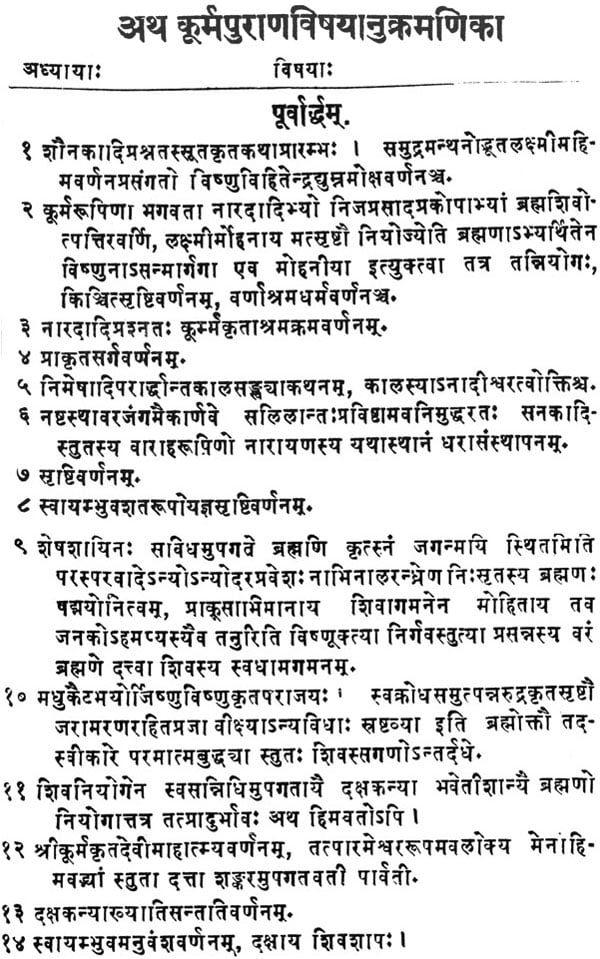
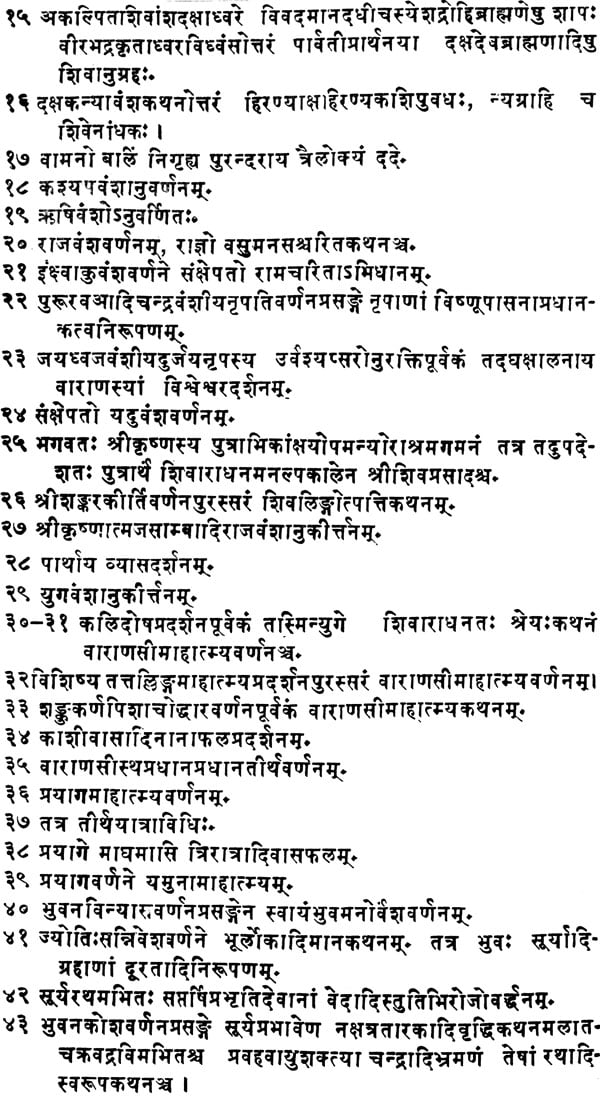
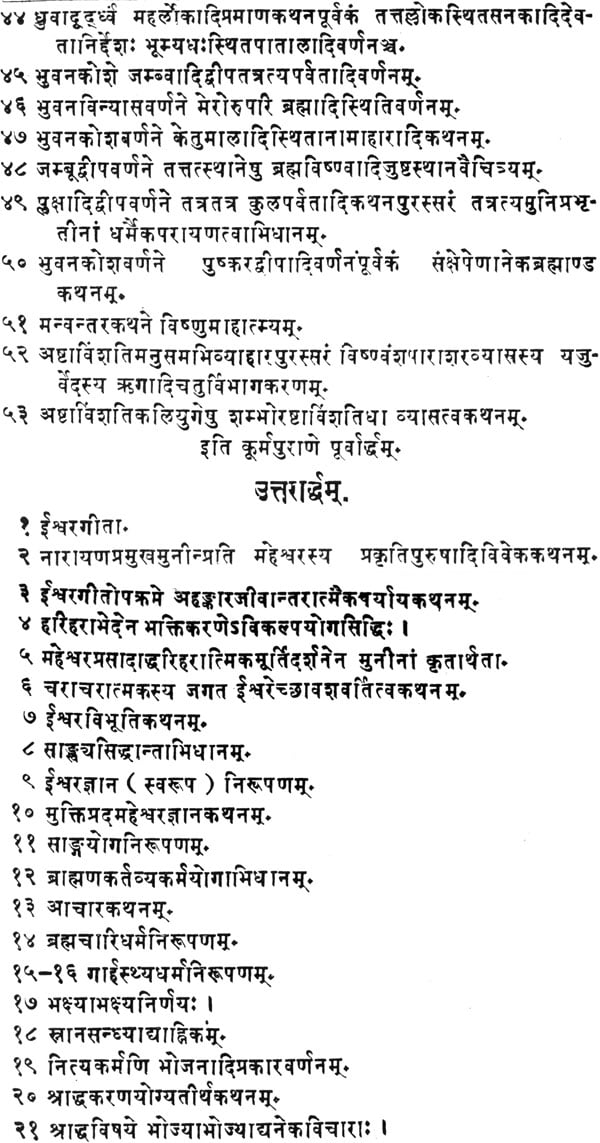
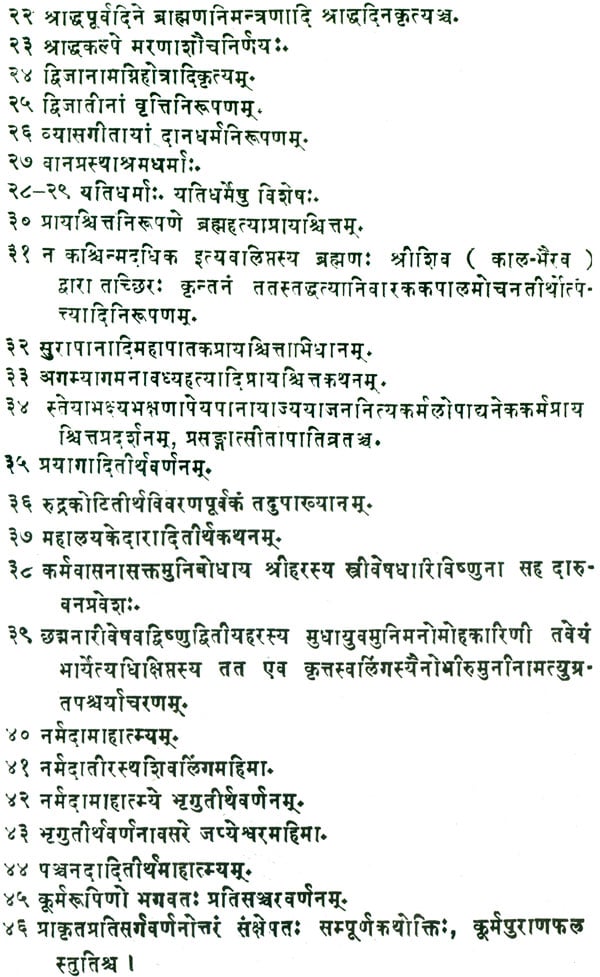
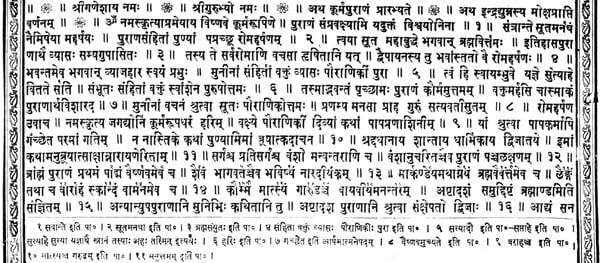
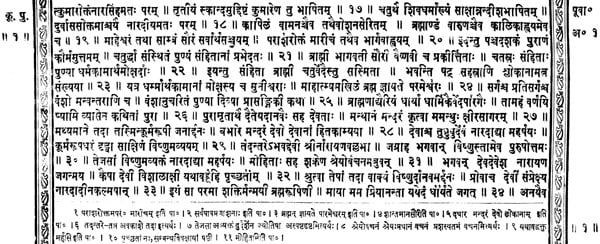
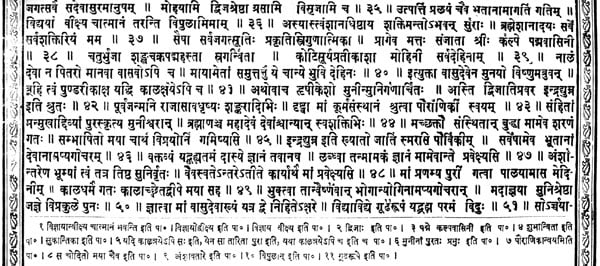
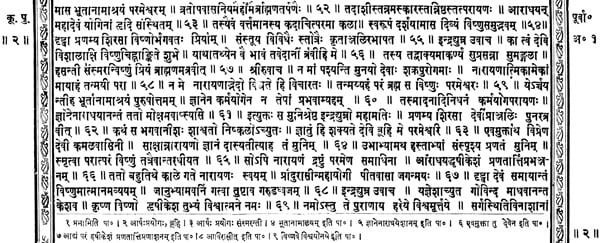
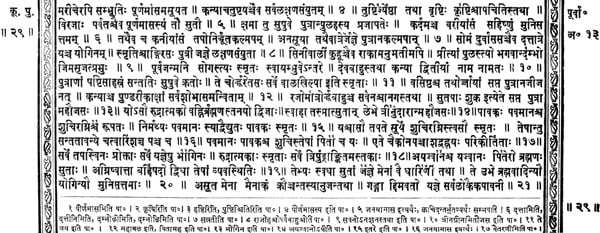
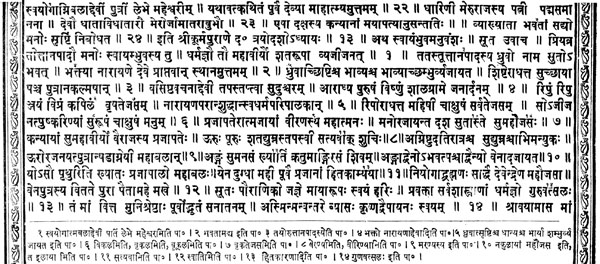
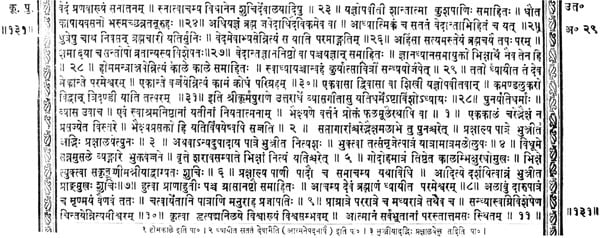
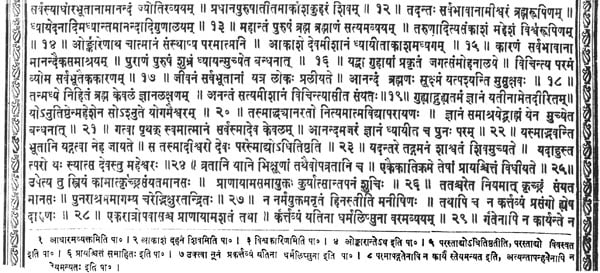
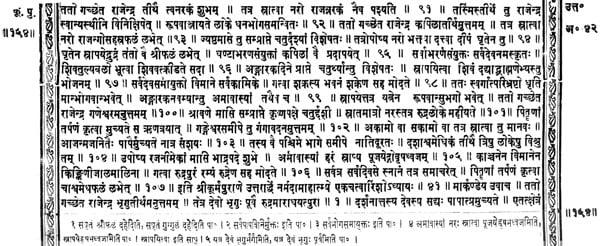

Send as free online greeting card

Visual Search